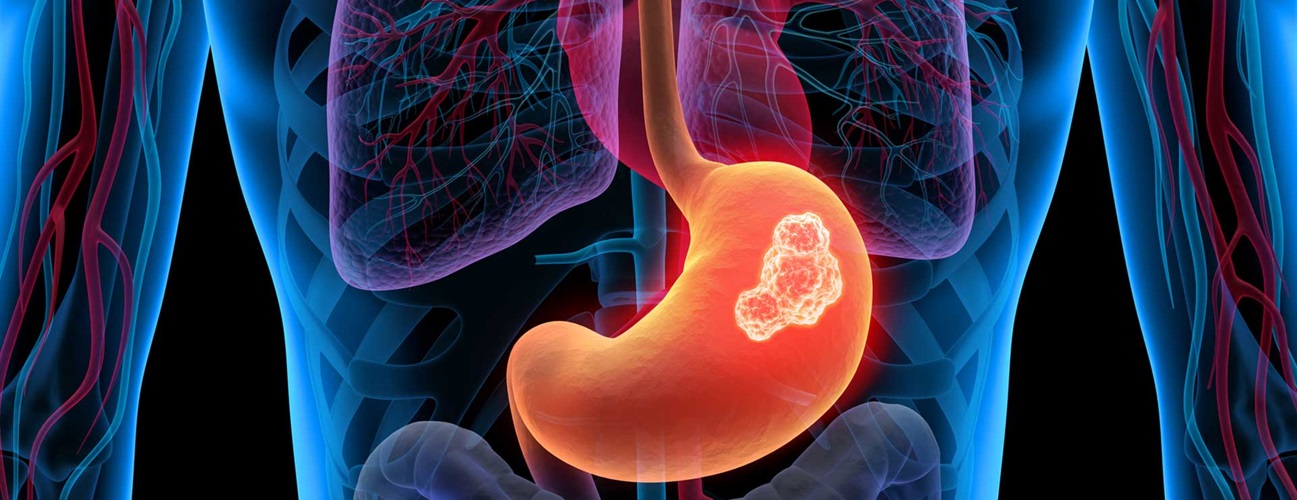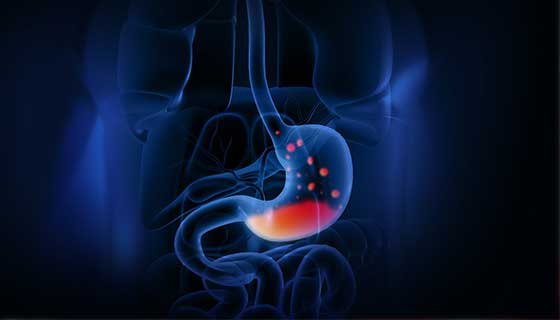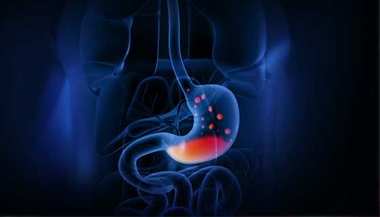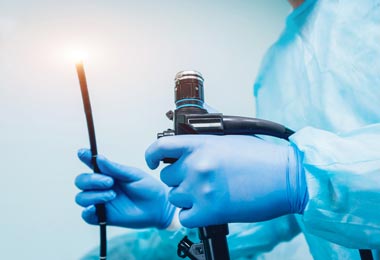Chromoendoscopy
Chromoendoscopy uses a flexible tube called endoscope to apply a fine mist of dye to the lining of your esophagus (the tube between your mouth and your stomach), stomach or intestines. Compared with other imaging techniques such as fluorescent spectroscopy, chromoendoscopy can be easier, safer and less expensive.
What is chromoendoscopy?
Chromoendoscopy is a modified gastrointestinal (GI) endoscopy procedure that uses stains, pigments or dyes to locate cancerous spots in the lining (mucosa) of your digestive tract.
With regular GI endoscopy, an endoscope (a thin, flexible tube with a camera) is inserted through the mouth or anus to examine a part of your GI tract. While endoscopy alone can help your doctor spot cancerous changes, not all of them are easy to see. Applying a reagent (a substance, such as a stain or dye, that causes a chemical reaction) to the mucosa can help identify suspicious areas where your doctor may want to perform a biopsy to rule out cancer.
Cancer cells react differently to these dyes than normal cells. For example, normal cells turn dark green or brown when sprayed with a type of dye called Lugol’s solution, whereas certain types of cancer cells (squamous) do not take up the dye.
Chromoendoscopy can also be used during colonoscopy to help detect colon polyps.
Types of Stains Used in Chromoendoscopy
The doctor may treat the lining of your GI tract with different stains that interact in unique ways with the lining of your digestive tract. Each type of stain serves a different purpose:
- Absorptive (vital) stains, such as Lugol’s solution or methylene blue, are absorbed differently by normal, precancerous (dysplastic) and cancerous cells.
- Contrast stains, such as indigo carmine, can reveal subtle surface changes such as abnormal crevices.
- Reactive stains, such as Congo red or phenol red, change color in the presence of certain chemicals within the cells that can indicate cancerous changes.
Who may need chromoendoscopy?
Chromoendoscopy can be used to examine the GI tract anywhere along its length. Your doctor may recommend this procedure if you have precancerous conditions or you are at high risk for cancer because of genetic or environmental factors. Chromoendoscopy might be appropriate if you have a higher-than-normal risk for GI cancer due to:
Chromoendoscopy can also be combined with endoscopic surgical techniques, such as endoscopic full thickness resection, endoscopic submucosal dissection or endoscopic mucosal resection. These techniques can help remove or treat polyps or other lesions in the lining of the GI tract.
Preparing for Chromoendoscopy
Chromoendoscopy can be part of an upper GI endoscopy or a colonoscopy, so your preparation will depend on which of these tests you are undergoing.
Follow your doctor’s instructions, which may involve a clear liquid diet, a fasting period, bowel prep, or a combination of these. Both upper endoscopy and colonoscopy involve sedating medication, so it is important to arrange for someone to drive you to and from your procedure.
What Happens During Chromoendoscopy
During your upper GI endoscopy or colonoscopy, a gastroenterologist will use the endoscope with a special catheter attachment to spray a dye or stain onto the inside of your GI tract and observe any areas that react differently to the substance. The doctor may remove a sample of tissue from an area to look at it under a microscope (biopsy).
Risks of Chromoendoscopy
Aside from the slight risk of side effects associated with upper GI endoscopy or colonoscopy, the spraying of the dye or stain on the inside of your digestive tract is safe. If the doctor is performing chromoendoscopy as part of an upper GI endoscopy and uses Lugol’s solution to spray your esophagus (the passageway between your mouth and stomach) you may feel some chest discomfort. This is temporary and tends to go away in about 30 minutes.
Recovery After a Chromoendoscopy
Follow your doctor’s instructions if you have had a biopsy or other treatment along with the chromoendoscopy. For the most part, once the tests are complete, you can be driven home and rest for the remainder of the day while the sedating medicine wears off. The following day, you likely can resume your regular activities.
Your doctor will use the information from the chromoendoscopy to detect or rule out cancer or other lesions inside your digestive tract. The doctor will follow up with you to discuss your results, any diagnoses, and next steps, if any are necessary.






